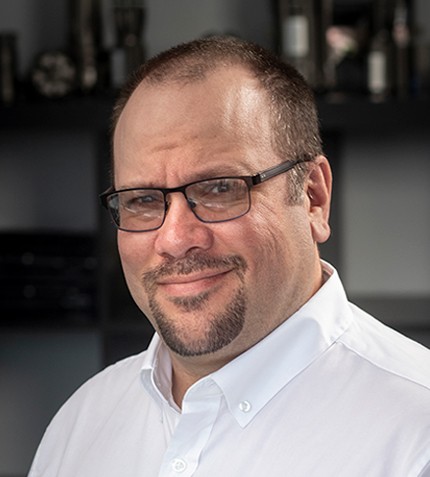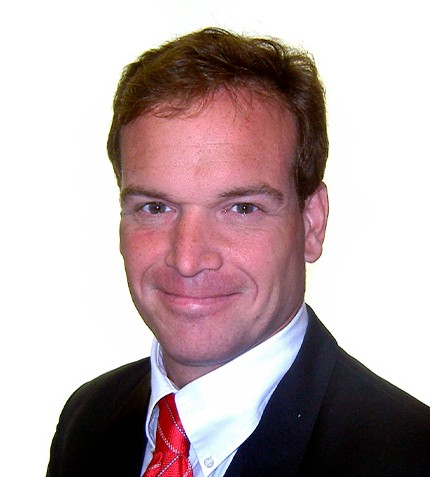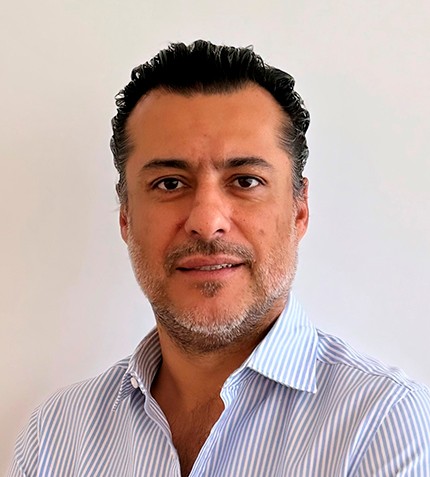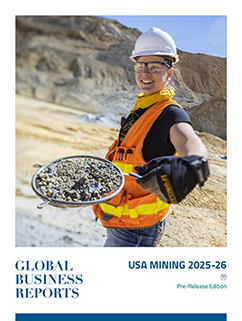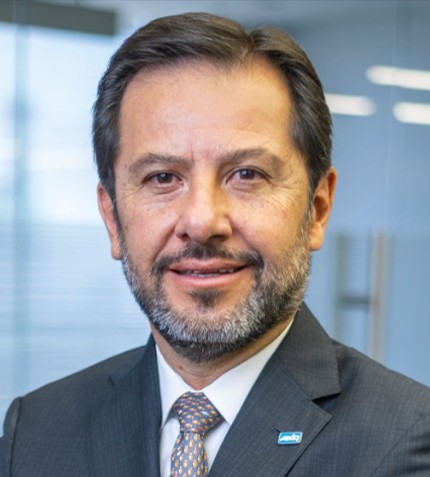
"The stronger Pemex will be, the stronger Mexico will be in developing the raw materials critical for the development of all manufacturing industries, from electronics to automotive and pharma."
Miguel Benedetto
GENERAL DIRECTOR, ANIQ (CHEMICAL INDUSTRY ASSOCIATION OF MEXICO)
ANIQ has produced a joint study together with McKinsey looking at three scenarios for the future of the chemical sector in Mexico. Could you share the scenario you have arrived at and why?
The study looked at the opportunities and challenges that are shaping the Mexican chemical industry in the long term to identify the best path forward. If nothing changes, the study found that Mexico would import US$40 billionworth of chemicals by 2035, incurring an extra 5-10% in logistics and procurement costs. At the opposite end, in a pathway of “reimagining the industry,” Mexico could almost double the size of the chemical industry within that same timeframe (by 2035), adding between US$7 and US$17 billion direct GDP contribution and potentially creating 40,000 direct, 90,000 supporting, and 200,000 indirect jobs.
Within this exercise, three possibilities were assessed, each considering how we work with Pemex, the national oil company: One scenario was to start from scratch, without Pemex, but this is not feasible; the second one was to produce exclusively specialty chemicals throwing away the cost competitiveness that Mexico’s own natural resources grants. Therefore the best scenario is to work together with Pemex and with all stakeholders to develop the necessary basic chemicals and feedstocks that the industry requires and that are solely produced by Pemex. The stronger Pemex will be, the stronger Mexico will be in developing the raw materials critical for the development of all manufacturing industries, from electronics to automotive and pharma. Much needs to be done for Mexico to reach its full potential.
How is the Mexican chemical industry performing this year?
The industry continues to face a shortage of raw materials from Pemex, at the same time as we see an increase in inputs coming from Asia that has disrupted the local market. A weaker Chinese economy has left many chemical producers with excess volumes that they are dumping to other places, including Mexico. The the low prices are harming the industry.
Mexico is now the largest trading partner for the US, overtaking Canada and China. How can Mexico consolidate its advantages as a nearshoring (or friendshoring) destination?
Mexico has a great opportunity in nearshoring, and we can already see investments flowing in the northern states. A reliable supply of raw materials is key for any manufacturer establishing itself in Mexico, which makes the chemical industry a key condition for the concretization of nearshoring opportunities. However, to leverage this opportunity, we need better infrastructure (energy, gas, and logistics), as well as a more stable and cohesive legislative framework.
Electricity has become a big issue in Mexico. The energy policy established by President Lopez Obrador limits the participation of private energy suppliers. In this context, investments in power transmission have dwindled. The availability, affordability, and reliability of electricity are a key consideration of foreign manufacturers choosing a nearshoring destination, so we must ensure we are prepared.
Secondly, Mexico imports 75% of its natural gas consumption needs from the US. While the north of the country relies mostly on imports, the south relies on Pemex production, which is at the same time critical to produce feedstocks.
When it comes to logistics, Mexico needs significant investments in customs, ports, rails, and highways to maintain its leading position as the main trade partner with the US and increase our exports. ANIQ has expressed concerns as we have not seen these investments coming as needed.
Mexico has a comparatively high plastics recycling rate. Could you brief us on the country’s circularity strategy?
In 2018, Mexico became part of the Ellen MacArthur Foundation, the world’s leading circular economy network, and defined clear objectives for 2030, and 2040. As a first step, we agreed to remove all plastic pellets from the industry, since these end up in rivers and eventually oceans. A second compromise is to work with trademark companies like Unilever or Colgate to incorporate a higher recycling content in the design of consumer packaging. Currently, Mexico has the largest PET recycling percentage in the world (75%), and about 35% for other resins, but we would like to increase these numbers. ANIQ is part of the working group within the Ministry of the Environment to produce comprehensive legislation on the circular economy that will be referential for all industries. This should be released by the end of 2023.




